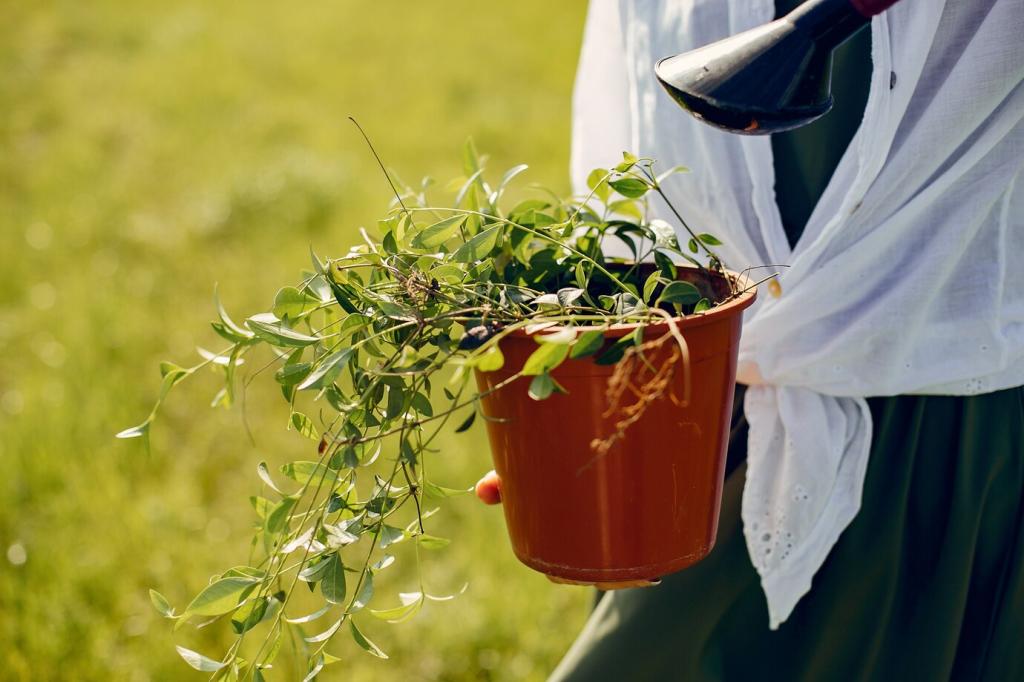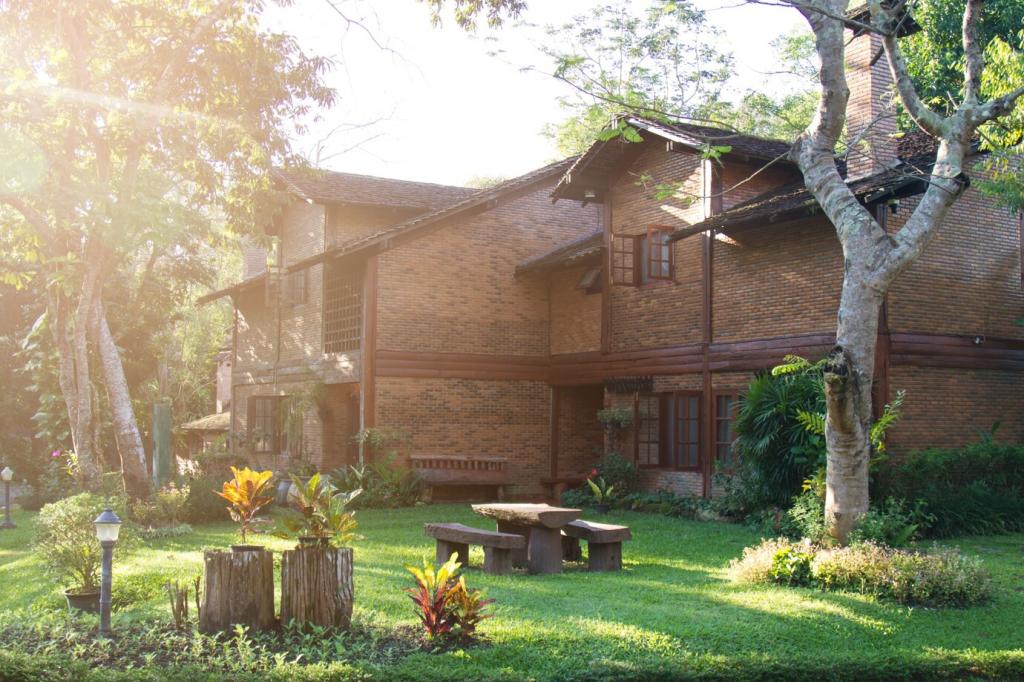
Integrating Native Plants in Landscape: Create a Living, Local Masterpiece
Chosen theme: Integrating Native Plants in Landscape. Welcome to a space where your yard tells the story of your region, supports wildlife, and thrives with less fuss. Explore ideas, real-world tips, and inspiration, and subscribe for fresh, field-tested guidance.
Why Native Plants Belong in Your Landscape
Native plants evolved with local insects, birds, and soil life, creating intricate food webs in your yard. By planting them, you restore missing links for pollinators and songbirds and help stabilize ecosystems that stretch beyond your fence line.
Right Plant, Right Place
Match sunlight, soil, and moisture to each species’ needs. Observe your site for a week, note patterns, and cluster plants accordingly. This simple alignment dramatically reduces failures and maintenance while increasing vigor and bloom performance.
Layering for Structure and Habitat
Design in layers: canopy, understory, shrubs, perennials, and groundcovers. Layers create depth, cast cooling shade, and offer food and shelter at multiple heights, turning your yard into a dynamic habitat rather than a flat, decorative surface.
Color, Texture, and Seasonal Flow
Plan a bloom calendar across spring, summer, and fall, then weave textures for winter interest. Seed heads, bark, and evergreen foliage carry beauty through quieter months and keep wildlife supplied with forage and cover.
Preparing Soil and Planting for Success
Clear, Then Heal the Ground
Remove invasive weeds thoroughly, then use sheet mulching or a light compost top-dress to quiet the seed bank. This gentle approach rebuilds soil structure while creating a welcoming, moisture-holding bed for native roots to explore.
Soil Life Is Your Silent Partner
Test pH, add compost if needed, and avoid synthetic fertilizers that disrupt beneficial fungi. Mycorrhizal relationships help native plants find water and nutrients, strengthening drought resilience and reducing the need for frequent interventions.
Planting Day, Done Right
Water plants before removing pots, loosen circling roots, and set crowns level with the soil. Backfill gently, water deeply, and mulch lightly, keeping mulch off stems to prevent rot and to encourage steady, even establishment.
The First-Year Rule of Thumb
Water deeply but infrequently to train roots downward, especially during hot spells. After the first growing season, many natives can thrive on natural rainfall, significantly reducing your routine and your water bill.
Mulch That Works With Nature
Use leaf litter, shredded hardwood, or pine needles to suppress weeds, regulate soil temperature, and feed soil organisms. Renew lightly each year, and let fallen stems and leaves stay over winter as habitat and future mulch.
Maintenance with a Light Touch
Skip constant deadheading and embrace seasonal cycles. Cut back stems in late winter, not fall, to protect overwintering insects. Spot-weed early, then rely on dense groundcovers to crowd out opportunistic seedlings.
Butterflies need specific host plants for their larvae, not just nectar. Pair milkweeds with asters and goldenrods, or oaks with native violets, to support full life cycles rather than fleeting visits on warm afternoons.

Regional Choices and Microclimate Savvy
01
Sun and Shade Strategy
Notice where morning sun meets afternoon shade, where walls reflect heat, and where trees cast protective canopies. Place sun-loving prairie flowers up front and tuck woodland natives into cooler, sheltered pockets for effortless vigor.
02
Dry Slopes and Rain Garden Zones
On slopes, use deep-rooted grasses and fibrous-rooted perennials to lock soil in place. In low spots, establish rain gardens with moisture-loving natives that filter runoff and return cleaner water to the ground.
03
Small Spaces and Containers
Even balconies can host native perennials and grasses in planters. Choose compact varieties, ensure excellent drainage, and cluster pots to create a miniature habitat that buzzes with bees and bright wings all summer.
Stories, Community, and Joining the Movement
One reader replaced a patchy lawn with a small native meadow and watched neighbors stop to ask questions. Within a season, monarchs appeared, goldfinches arrived, and three nearby homes started similar conversions.

